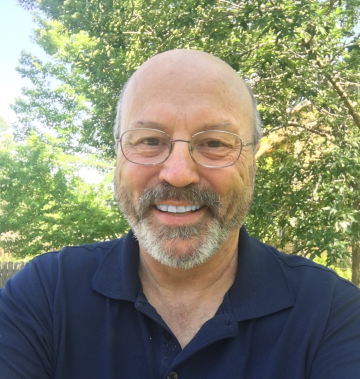Speaker
 Richard Koehler, PhD, PH
Richard Koehler, PhD, PH
CEO of Visual Data Analytics and a certified professional hydrologist
Visual Data Analytics
Richard is the CEO of Visual Data Analytics and a certified professional hydrologist with over 40-years’ experience. Previously he was the National Hydrologic and Geospatial Sciences Training Coordinator for NOAA’s National Weather Service. He is a retired NOAA Corps lieutenant commander. Assignments included navigation and operations officer for two NOAA oceanographic research ships, the Colorado Basin River Forecast Center and the Northwest River Forecast Center where he oversaw the implementation of an operational dynamic wave model for Lower Columbia River stage forecasts. Other positions include Director of Water Resources for an Arizona consulting company and the water resources hydrologist for Cochise County, Arizona. Richard has a PhD, MS and BS in Watershed Management from the University of Arizona and an additional MS in Hydrographic Sciences from the US Naval Postgraduate School. The focus of his research are alternate methods of analyzing environmental time-series data along with associated data visualizations.
Description
Over 170 different hydrologic metrics exist to quantify the streamflow properties of magnitude, frequency, duration, timing, and rate of change. These values are often composition-based statistics such as count, mean, median, standard deviation, or variance. An important consideration is that composition metrics do not take data order into account and thus cannot address a fundamental hydrologic property – the temporal configuration of streamflow.
Presented is a novel approach using autocorrelation lag(k) plots and sequence summations. The resulting products are a combination of visualizations and tables providing streamflow information across all flow levels. This type of information is not possible with existing metrics.
A case study of the Colorado River at Lees Ferry, Arizona is conducted to quantify two 30-year periods before and after Glen Canyon Dam construction. The ecosystem implications of the results are discussed.
Learning Objectives
- Recognize the additional information available in lag(k) plots.
- Execute alternate temporal-based analyses.
- Specify ecohydrology effects based on information presented.
Webinar Recording & PDH Certificate
Included with your webinar registration is access to a recording of the program and a fillable certificate to self-report your Professional Development Hour (PDH)/Continuing Education Credit (CEU). Your certificate will be available to download and a link to the recording of this webinar will be sent within a week of the live program from [email protected]. The recording is exclusively for you, the registrant of the webinar. They are not to be shared or forwarded.